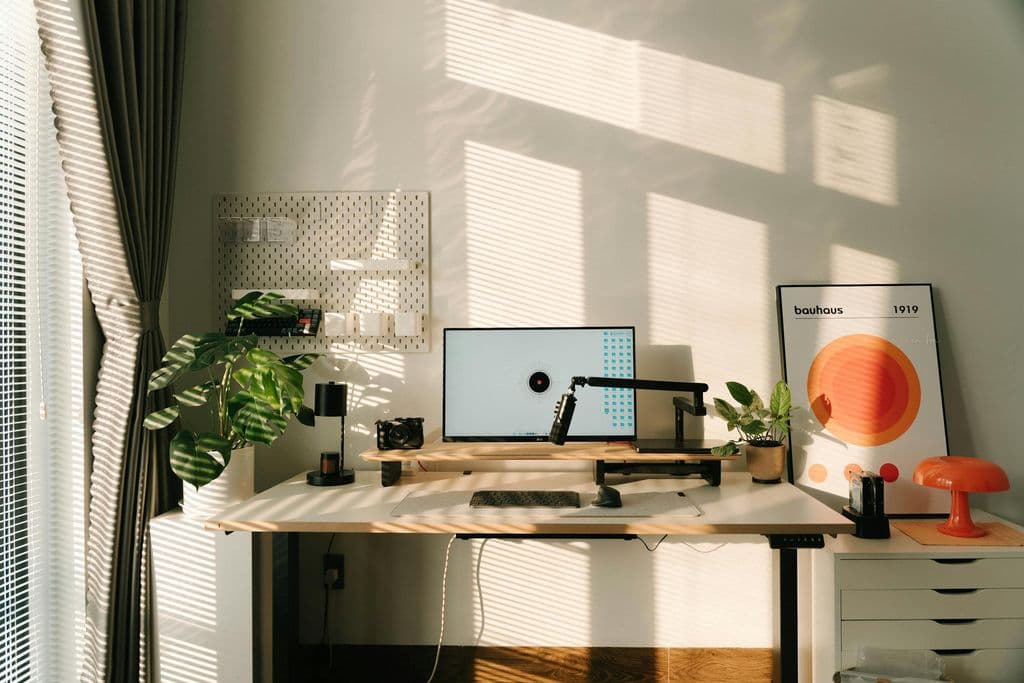The Changing World of Work: Flexibility as the New Standard
The world of work has fundamentally changed over the past few years. What was once considered an exception has now become the norm for many: working outside the traditional office setting. Home office, remote work, and hybrid models are no longer mere responses to extraordinary circumstances; they are integral parts of modern work concepts. For You as an HR professional or employer, this means finding new ways to meet the diverse needs of Your employees while strengthening corporate culture.
Hybrid Work: The Best of Both Worlds
Hybrid work combines the advantages of the office with those of the home office. Employees can switch between workspaces based on their needs. This offers flexibility and promotes work-life balance. According to a study by Barmer Health Insurance and the University of St. Gallen, mobile working increases employees' productivity but can make it harder to disconnect after work. Therefore, it is important to establish clear structures and communication pathways to fully leverage the benefits of hybrid work.
Modern Office Concepts: More Than Just a Workplace
The office of the future is not just a place to work but a space for connection, creativity, and collaboration. Modern office concepts focus on open spaces, flexible workstations, and areas for informal exchange. The goal is not to eliminate the traditional office but to rethink it. A well-designed office can strengthen corporate culture and foster team spirit. It provides a place where employees can meet, share ideas, and work together on projects.
The Role of Digital Tools: Staying Connected Despite Distance
Digital tools are the backbone of modern work environments. They enable effective collaboration across distances. Video conferencing, project management software, and communication platforms keep teams connected and ensure transparency. It is essential to choose the right tools for Your organization’s needs and to ensure that all employees are properly trained to use them. This way, digital collaboration becomes a true success factor.
Pros and Cons of Different Work Models
Every work model comes with its own set of advantages and disadvantages. While the home office offers flexibility and saves commuting time, it can also lead to feelings of isolation. The office fosters personal interaction but requires commuting. Hybrid models aim to combine the best of both worlds but demand high levels of coordination and communication. It’s important to analyze the specific needs of Your company and Your employees to find the model that fits best.
Generational Diversity: Recognizing Different Needs
In many companies, several generations work side by side, each with its own expectations and working styles. While younger employees may prioritize flexibility and digital tools, older colleagues might value structure and personal interactions at the office more. As an HR professional, it’s Your job to recognize these varying needs and find solutions that suit everyone. This can include flexible working hours, personalized workspace designs, or targeted training programs.
Tips for Successful Implementation
- Analyze needs: Conduct regular surveys to understand Your employees' wishes and requirements.
- Clear communication: Ensure that everyone is informed about work models, expectations, and available tools.
- Offer flexibility: Allow for individualized working hours and workplace designs wherever possible.
- Foster corporate culture: Organize regular team events, both online and offline, to strengthen team cohesion.
- Ensure technical equipment: Make sure all employees have the necessary hardware and software to do their jobs effectively.
Conclusion: The Future of Work Is Flexible
The world of work is changing, and flexibility is the key to success. Hybrid work models and modern office concepts offer the opportunity to meet the individual needs of employees while strengthening corporate culture. As an HR professional or employer, it’s up to You to actively shape this transformation. Through open communication, the right technical setup, and a keen ear for Your teams' needs, You can create a work environment that is productive, motivating, and future-proof.



